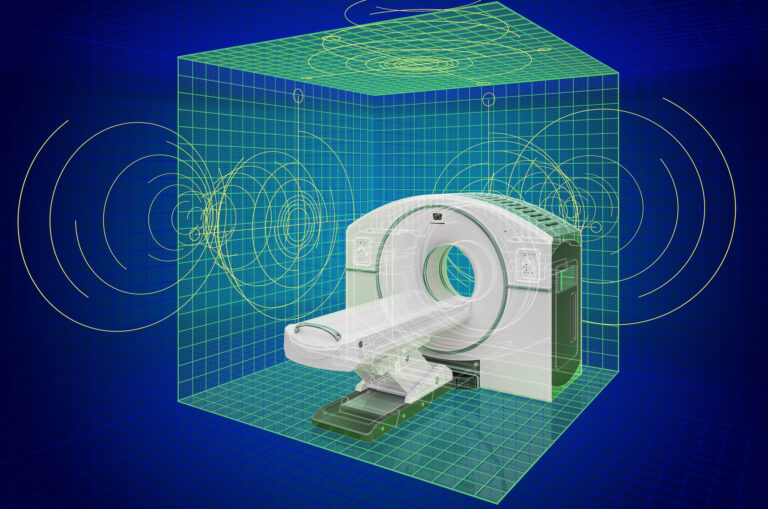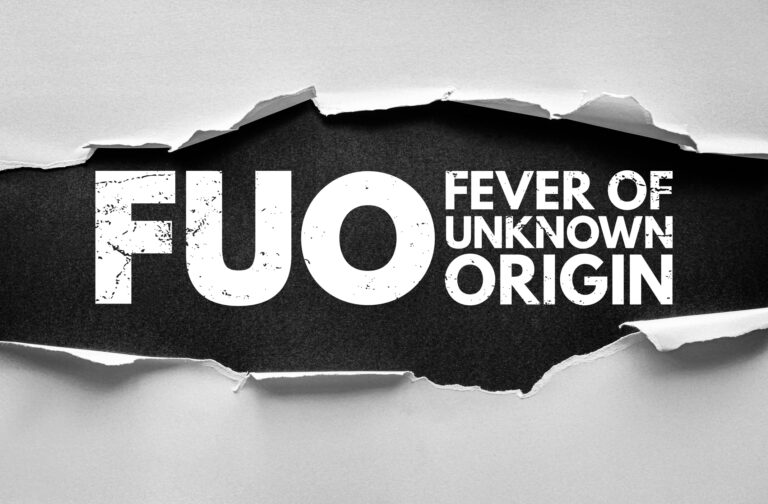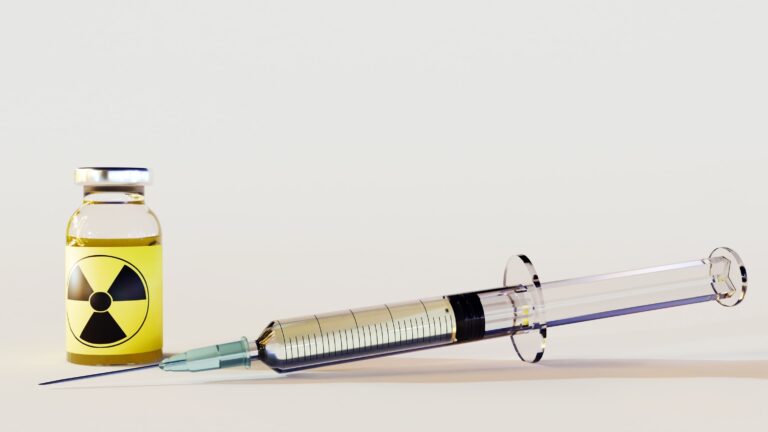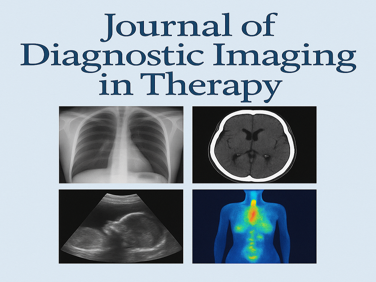FDG-PET Imaging
FDG-PET imaging, also known as fluorodeoxyglucose positron emission tomography, is a medical imaging technique that uses a radioactive tracer to create detailed images of metabolic activity within the body. It is a noninvasive technique often used to diagnose and monitor a wide range of diseases, including Alzheimer’s, cancer, and cardiovascular disease.
The FDG-PET imaging process involves injecting a small amount of a radioactive tracer called fluorodeoxyglucose (FDG) into the patient’s bloodstream. This tracer is designed to mimic glucose, a sugar used by cells in the body as an energy source. The FDG tracer is taken up by cells in the body actively metabolising glucose, such as cancer cells or brain areas involved in cognitive function. Once the FDG tracer has been injected, the patient is placed in a PET scanner, a large machine designed to detect the radiation emitted. As the tracer decays, it emits positrons, particles that interact with electrons in the body to produce gamma rays.
These gamma rays are detected by the PET scanner and used to create detailed images of the metabolic activity within the body. One of the key benefits of PET imaging is its ability to detect disease at an early stage, often before symptoms have even appeared. For example, FDG-PET imaging can detect small tumours that might not be visible on other types of imaging, such as CT scans or MRIs. This early detection can improve patient outcomes, allowing for earlier and more effective treatment. FDG-PET imaging is also useful in monitoring the progression of the disease over time.
For example, in cancer patients, PET imaging can monitor tumours’ response to treatment, allowing doctors to adjust treatment plans as necessary. Additionally, PET imaging can monitor changes in metabolic activity within the brain over time, which helps diagnose and monitor Alzheimer’s disease and other cognitive disorders. Despite its many benefits, FDG-PET imaging does have some limitations. One of the main limitations is its cost, as FDG-PET imaging is generally more expensive than other types of imaging.
Additionally, FDG-PET imaging requires a radioactive tracer, which can concern some patients. However, the benefits of PET imaging generally outweigh these limitations, making it a valuable tool in diagnosing and monitoring a broad range of diseases.
You are here:
home » FDG-PET Imaging




